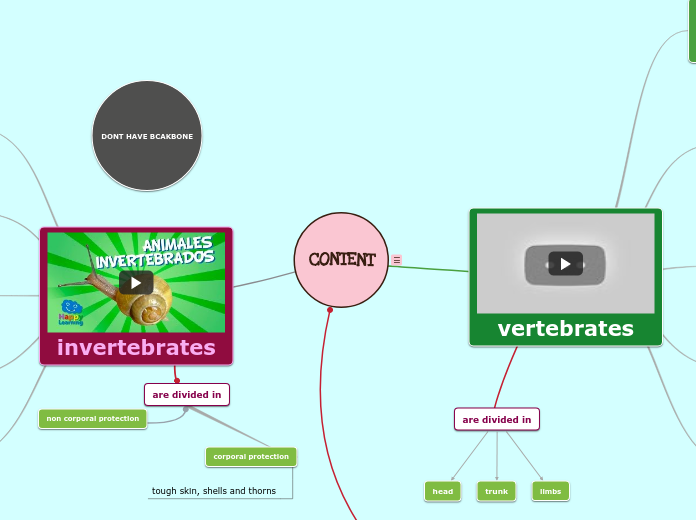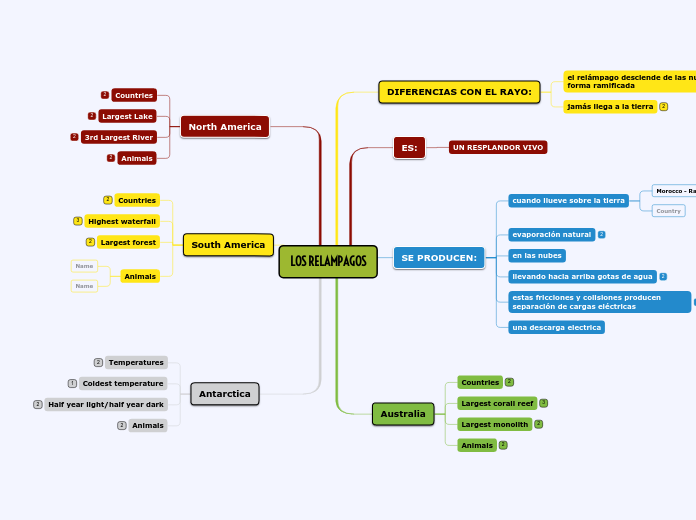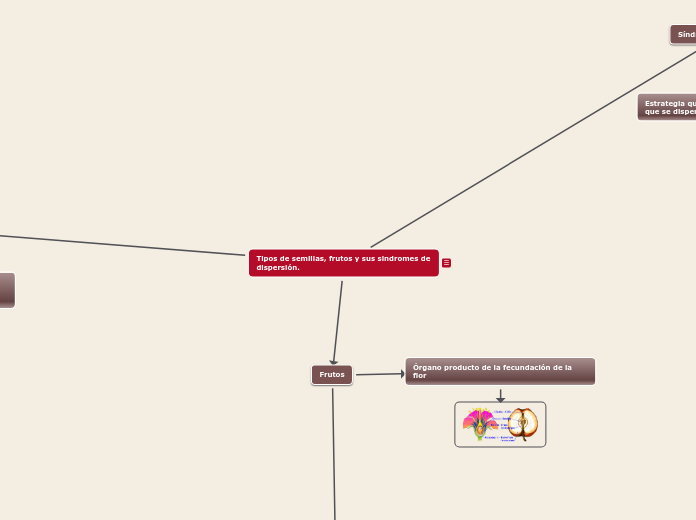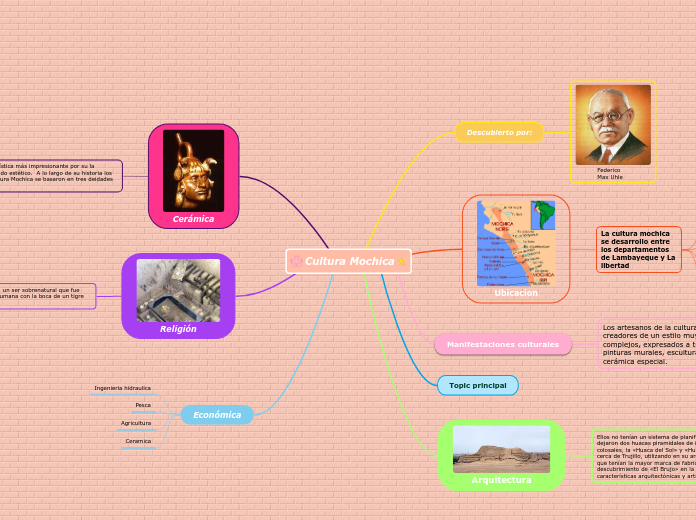QUESTIONING/ ANSWERING
NEW VOCABULARY
NEW EXPRESSIONS
COMPARING AND CONTRASTING
LANGUAGE TO BUILD ARGUMENTS OR DISAGREEMENTS
WRITING A SIMPLE RESEARCH REPORT
DESCRIBING
KEY VOCABULARY
LANGUAGE FOR LEARNING
LANGUAGE TROUGHT LEARNING
LANGUAGE OF LEARNING
LIFE OF ANIMALS
PARTS OF THE ANIMAL
TYPES
EXPERIMENT
COMUNICATION
COGNITION
ANIMAL KINGDOM
TRANSPORT US
GET VITAMINES
HELP SOME HUMANS
GET SOME MEDICINES
we use the animals to
CULTURE
limbs
trunk
head
vertebrates
FISH
have fins
have grills
ANPHIBIANS
can have a tail
their skin is wet and bare
REPTILES
¡No cuidan los huevos después de ponerlos!
have scales
BIRDS
are oviparous
Nacen de huevos y las madres alimentan a sus crías hasta que crecen y puedan hacerlo solas.
have beaks
have wings
have feathers
Las alas les ayudan a protegerse del frío, del agua, de los depredadores, para impulsarse en el vuelo, ¡Aunque algunas aves como el avestruz no pueden volar!
MAMMALS
are viviparous
Nacen del vientre de su madre y se alimentan de leche materna.
most of them have legs
El único mamífero que tiene alas es el murciélago.
Los mamíferos marinos tienen aletas.
have lungs
most of them have hair
El pelo de los mamíferos sirve para protegerles del frío.
¡Hay mamíferos marinos como el delfín o la ballena! Estos animales tienen una capa muy gruesa.
OMNÍVORES
HERVÍVORES
CARNÍVORES
DONT HAVE BCAKBONE
THAVE BACKBONE
non corporal protection
are divided in
corporal protection
tough skin, shells and thorns
invertebrates
MOLLUSCS
can have a shell
have a soft body
COELENTERATEEREOS
2 trepes
jellyfish
sponge
WORMS
They live in damp soils
and underground
long body
ECHINODERMS
have radial symmetry
From the sea
ARTHROPOD
Articulated body with moving parts
CONTENT
Los animales que forman parte del Reino Animal se alimentan de otros seres vivos, su reproducción es sexual y por lo tanto son organismos muy complejos.
Este Reino Animal se clasifican en dos: vertebrados e invertebrados.









